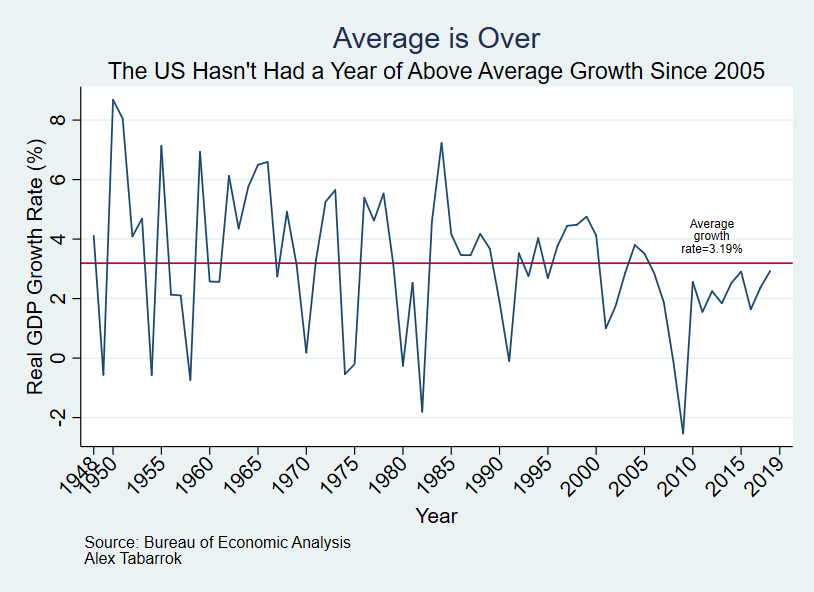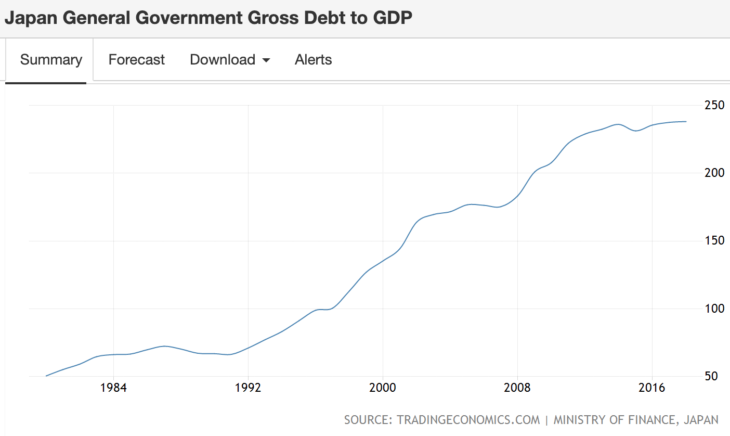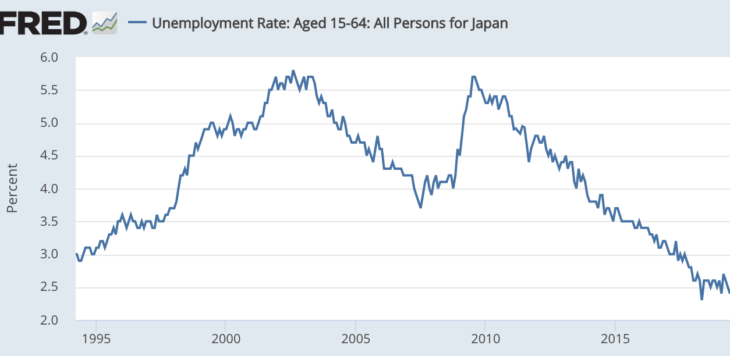 A job seeker pauses while filling out an application at a career fair on April 4, 2019, in San Francisco, California. | Justin Sullivan/Getty Images
A job seeker pauses while filling out an application at a career fair on April 4, 2019, in San Francisco, California. | Justin Sullivan/Getty Images
California finally bans forced arbitration at work.
Millions of workers just won the right in California to sue their bosses.
Gov. Gavin Newsom signed a bill Thursday that outlaws forced arbitration, a common business practice that US employers use to stop workers from suing them for sexual harassment, discrimination, and wage theft. He also signed a bill that extends the amount of time employees have to file workplace civil rights complaints under state law.
Starting in January, businesses can no longer force workers to sign arbitration agreements, which are usually buried in the stack of hiring documents for new employees. These clauses, which are now common, require workers to waive their right to sue their employers for labor violations, discrimination, sexual harassment, and more. Instead, workers must resolve complaints through private arbitration, a quasi-legal forum with no judge, no jury, and nearly zero government oversight.
Passage of AB 51 is a striking win for women’s rights advocates one year after then-California Gov. Jerry Brown vetoed a similar bill.
“We did it!” tweeted former Fox News anchor Gretchen Carlson, who has been pressuring lawmakers across the country to ban mandatory arbitration.
The #MeToo movement has brought renewed attention to forced arbitration and the role it plays in silencing women who complain about sexual harassment in Hollywood, Silicon Valley, and the media. Carlson signed one, and so did ex-Uber engineer Susan Fowler. Both women accused their employers of creating a toxic work culture for women, and both discovered that they had waived their right to seek justice in the courts. They could only take their claims to arbitration, where workers are less likely to win their cases and where arbitrators award much less money than a jury would award in court.
Forced arbitration is now so common that about half of all US workers in the private sector who don’t belong to a union have waived their right to go to trial. California, as the most populous state in the country, might just provide enough momentum to reverse the trend.
The controversy over forced arbitration, explained
California is one of a handful of states that has been trying to ban companies from forcing employees to take complaints to arbitration. New York and Washington restricted these clauses; Vermont tried. The biggest challenge has been to write laws that don’t invalidate arbitration agreements altogether because the Supreme Court has said they’re legal.
California’s new law gets around that barrier by making it illegal for an employer to revoke a job offer or retaliate against an employee who chooses not to sign such an agreement. If they do sign it, however, the courts will likely enforce the arbitration clause.
“We will need a big education campaign for employees in California so they know they have rights and that they don’t have to agree to it,” Jacqueline Serna, legislative counsel for the Consumer Attorneys of California, which lobbied for the ban, told me last year. That’s still the case, she said.
Business groups such as the California Chamber of Commerce have criticized the bill as a “job killer” and hoped Newsom would veto the bill. That didn’t work.
Worker’s rights groups, including labor unions representing restaurant workers and Hollywood artists, believe that California’s new law is narrow enough to limit arbitration without banning it altogether. That’s pretty much all states can do unless Congress amends federal law.
The Supreme Court unleashed arbitration on American workers
The widespread use of arbitration clauses in the workplace came after a crucial 2001 Supreme Court ruling involving sexual harassment.
In that case, Circuit City Stores Inc. v. Adams, a salesperson working at a California Circuit City store sued the company for sexual harassment. The employee, a man named Saint Clair Adams, said his coworkers harassed him because he was gay. But Adams, like all other Circuit City employees, had signed an agreement to resolve all disputes with the company through private arbitration. Circuit City argued in federal court that Adams had to move his claim to arbitration.
The judge sided with Adams, arguing that the Federal Arbitration Act — which allows businesses to resolve contract disputes through arbitration — has a provision excluding employment contracts. The ruling was upheld by the Ninth Circuit Court of Appeals.
But Circuit City took the case to the Supreme Court, where the justices overturned the lower court’s ruling, allowing businesses to extend arbitration to nearly all employment contracts.
The justices, in their 5-4 opinion, created a very narrow interpretation of the employment exclusion in the Federal Arbitration Act. It came down to this line of the act: “but nothing herein contained shall apply to contracts of employment of seamen, railroad employees, or any other class of workers engaged in interstate or foreign commerce.”
The justices decided that this clause limited the exemption “to transportation workers.” In other words, only workers in the transportation industry were exempt from these mandatory agreements; all other workers could be forced to take their claims to arbitration.
There’s a reason employers want to avoid a jury
If you ask employers why they require workers to use arbitration, they often say it’s a faster and less expensive process than the courts. They’re not wrong. But legal research, surveys, and employment attorneys point to the largest incentive of all: keeping employment claims from reaching a jury.
Juries are considered more sympathetic to workers’ claims and more willing to award millions of dollars in damages to workers in these cases. The threat of a high jury award also gives workers leverage in negotiating larger settlements because businesses want to avoid trial. Arbitration hearings seem like court hearings, but they are not public and there is no jury. An arbitrator who works for a private arbitration firm is the one who decides whether an employer broke the law and, if so, how much money to award the worker.
Research shows that arbitrators can be biased toward employers who repeatedly pick them to handle their cases. This is known as the “repeat player effect,” a term coined in 1997 by Lisa Blomgren Amsler, a public affairs professor at Indiana University Bloomington whose research showed that workers were nearly five times less likely to win their cases if the arbitrator had handled past disputes involving their employers. Her research involved a small sample of cases but later studies have backed up her claim.
Alexander Colvin, a labor relations researcher at Cornell University, published a paper in 2011 that found another level of potential bias: Not only were arbitrators more likely to rule in favor of businesses that were repeat customers, but they were also more likely to award less money to their clients’ employees when they found the business at fault.
While arbitration might seem similar to the court process, it’s not really the same thing. Arbitrators are not required to be neutral, their opinions do not need to be written, and there are few options for appeal, argues Elizabeth Roma, an employment attorney.
The Supreme Court has ruled that the courts would only overturn an arbitrator’s decision based on a “manifest disregard of the law,” something most courts have interpreted as an intentional misapplication of the law. That means most federal appeals courts will only overturn an arbitrator’s decision if it involves fraud, evident partiality, misconduct, or exceeding of powers.
Mandatory arbitration is particularly bad for women and workers of color
When women began to come forward to describe rampant sexual harassment at companies like Fox News and the Weinstein Company, many realized that they could not seek legal justice in the courts because they had signed mandatory arbitration agreements. About 58 percent of women working in the private sector are subject to mandatory arbitration, according to researchers.
As more women speak up about sexual harassment in the workplace, many of them are pressuring members of Congress to restrict or abolish arbitration clauses from US workplaces.
Last month, The US House of Representatives pass the Forced Arbitration Injustice Repeal (FAIR) Act, a far-reaching bill that bans companies from requiring workers and consumers to resolve legal disputes in private arbitration — just like California’s AB 51.
So far, Senate Republicans have ignored the House bill.








 Bebeto Matthews/AP Images
Bebeto Matthews/AP Images Michel Roggo/Wildlife Photographer of the Year
Michel Roggo/Wildlife Photographer of the Year Adrian Hirschi /Wildlife Photographer of the Year
Adrian Hirschi /Wildlife Photographer of the Year
 Eduardo Del Álamo/Wildlife Photographer of the Year
Eduardo Del Álamo/Wildlife Photographer of the Year
 Peter Haygarth/Wildlife Photographer of the Year
Peter Haygarth/Wildlife Photographer of the Year


 Walking around one of the tonier districts of Mumbai I came across a sign, “Avoid Using Plastic Carry Bags.” The sign would not have been out of place in Portland or Berkeley but less than a block away cows and people were sleeping on the street. The incongruity motivated my new paper,
Walking around one of the tonier districts of Mumbai I came across a sign, “Avoid Using Plastic Carry Bags.” The sign would not have been out of place in Portland or Berkeley but less than a block away cows and people were sleeping on the street. The incongruity motivated my new paper,  HBO
HBO
 Shutterstock
Shutterstock Ralph Daily/Wikimedia Commons
Ralph Daily/Wikimedia Commons
 Shutterstock
Shutterstock
 Shutterstock
Shutterstock






